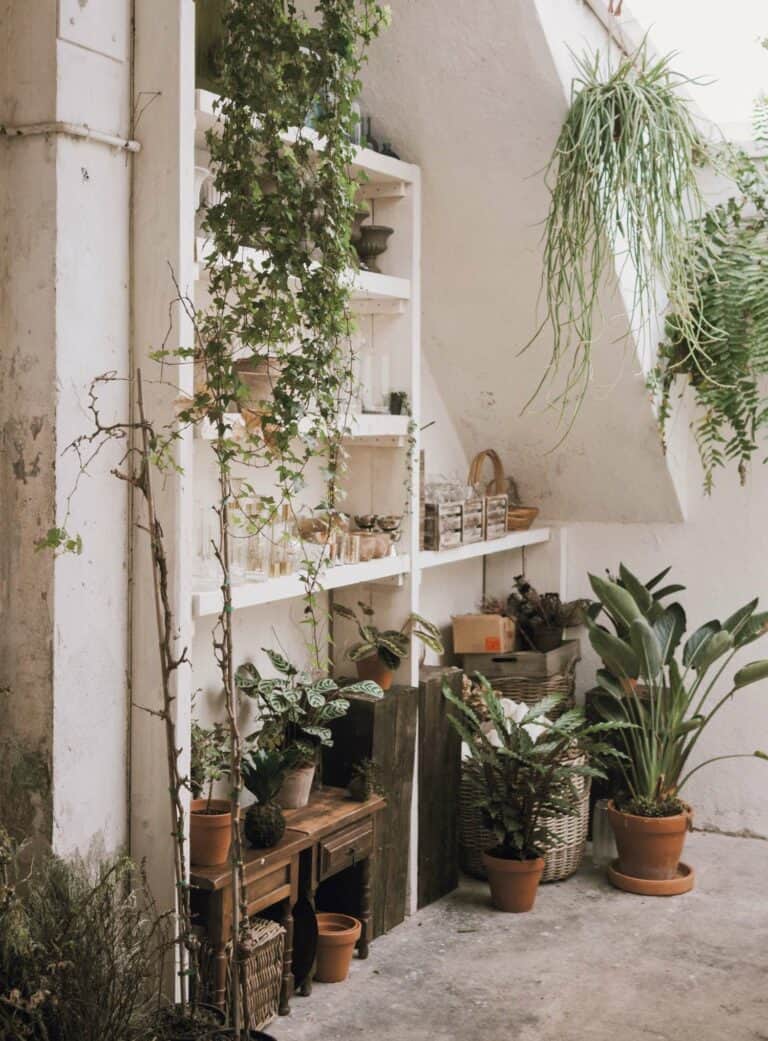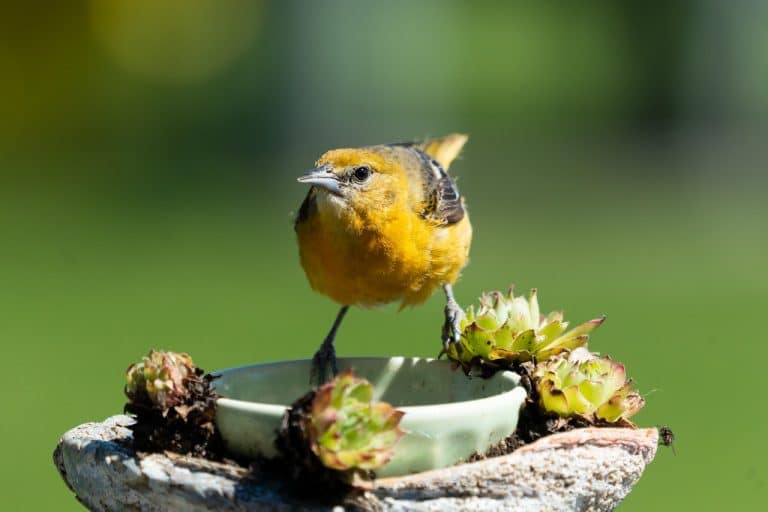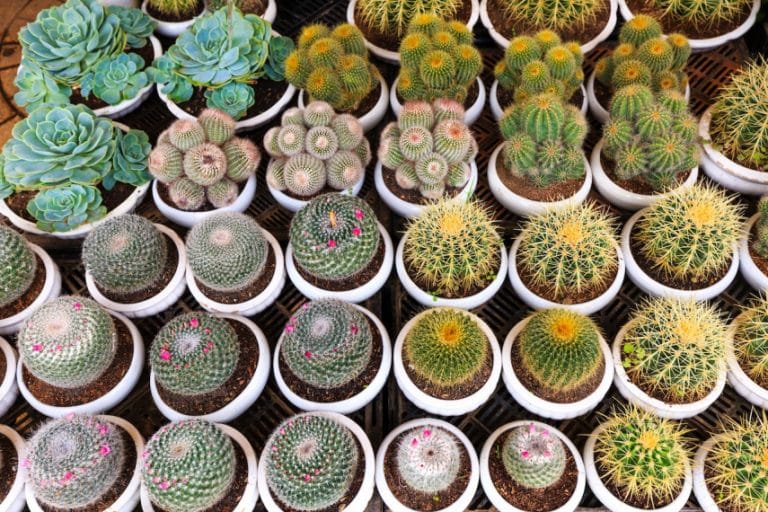Zebra Aphelandra – a plant with sharp zebra-like patterns
Zebra Aphelandra (Aphelandra squarrosa Nees) is an evergreen herbaceous perennial plant from the Acanthaceae family.
Afelandra is a beautiful indoor flower that is native to Brazil. The leaves are numerous, oppositely placed, simple, oval-shaped, shiny, narrowed at the top, with entire edges, up to 30 cm long, but gradually decreasing along the stem. They are dark green and are covered with clearly defined, thick white veins that stand out and give the plant a touch of uniqueness.
The flowers are striking, yellow or orange, collected in dense, large, conical inflorescences 7-10 cm long, appearing in the axils of the leaves. They are bright yellow and are surrounded by protective bracts. They bloom in the middle and end of summer. The fruit is an oblong capsule containing four seeds. As a houseplant can grow up to 60 cm in height, and there are several cultivars of it, the most important of which are: ‘Louisae’, ‘Brockfeld’, ‘Dania’, Leopoldii…
‘Louisae’ – has yellow flowers with red stripes, the leaves are slightly narrower with distinct white spots along the veins
‘Brockfeld’ – the leaves are wrinkled at the edges and with white lines
‘Dania’ – compact growth, white veins
‘Leopoldii’ – the flowers are light yellow, the leaves are dark green with white veins
Cultivation
Aphelanders can be grown outdoors in mild climates, on rich soils, but they can also be grown in houses and greenhouses. When grown indoors, plant them in a well-drained substrate of garden soil, compost and peat moss. Aphelanders like bright light but not direct sun. The most suitable temperature is around 15ºС. After flowering, it should be moved to a cooler place where the temperature is around 12ºС. If the air is humid, it can withstand temperatures up to 24º C.
Air humidity
It requires higher air humidity (60%). The plant should be watered daily, both in the morning and in the evening. The base of the pot should be filled with moist clay balls or peat. When the plant blooms, the substrate should be emptied, that is, the air humidity should be reduced so that the plant blooms longer.
Feeding
It takes place every 15 days, from May to October. Feeding is done with liquid fertilizer for flowering plants. Cleaning: Misting keeps the leaves clean. The shine agent can be used once a month.
Watering
During the growth period, it should be watered twice a week. After flowering, the plant is watered once a week. After that, watering is interrupted so that the plant rests for 4-6 weeks. During the winter period, it should be watered every 10 days. Immoderate watering causes the leaves to turn brown and fall off. Softened water is best for watering. If you do not provide it with a sufficient amount of water and a lack of moisture, the lower leaves on the plant will quickly fall off. To prevent this, you can do a very simple thing. And that is to put some gravel or something else in the base of the pot, which will raise the flower bed from the base. In this way, you will prevent direct water contact with the soil and roots.
Propagation
In nature, it is propagated by seeds, as a houseplant it is propagated in spring or early summer by cuttings 8-15 cm long, which are placed in drained soil in a warm place, temperature around 21°C, continuously maintaining high air humidity. For this reason, the cutting can be covered with plastic film until the buds appear. Transplanting of adult plants is usually done every year in the spring.
Transplantation
While the plants are young, they are transplanted every year in the spring or after flowering. Older plants are transplanted after a period of rest.
Pruning
In the spring, shoots are removed, so that 3-4 of them remain on the plant. After flowering, the flower head should be removed.
Special requirements
They are plants that do not tolerate drafts. It should be watered with water without limestone. The plant must not dry out, otherwise it will start to lose its leaves. It’s an attention-seeking type.
How long can a zebra plant live?
On average, it lasts 1-3 years, but if it is grown properly, it can last more.
Pests and diseases
Aphids can appear, especially on young shoots, but also on the underside of the leaves.
Characteristics
It is a species that grows quite quickly. The cuttings of this plant, which were transplanted in March, bloom the following spring. It even blooms during the winter period, for about 2 months. The plant is odorless.







